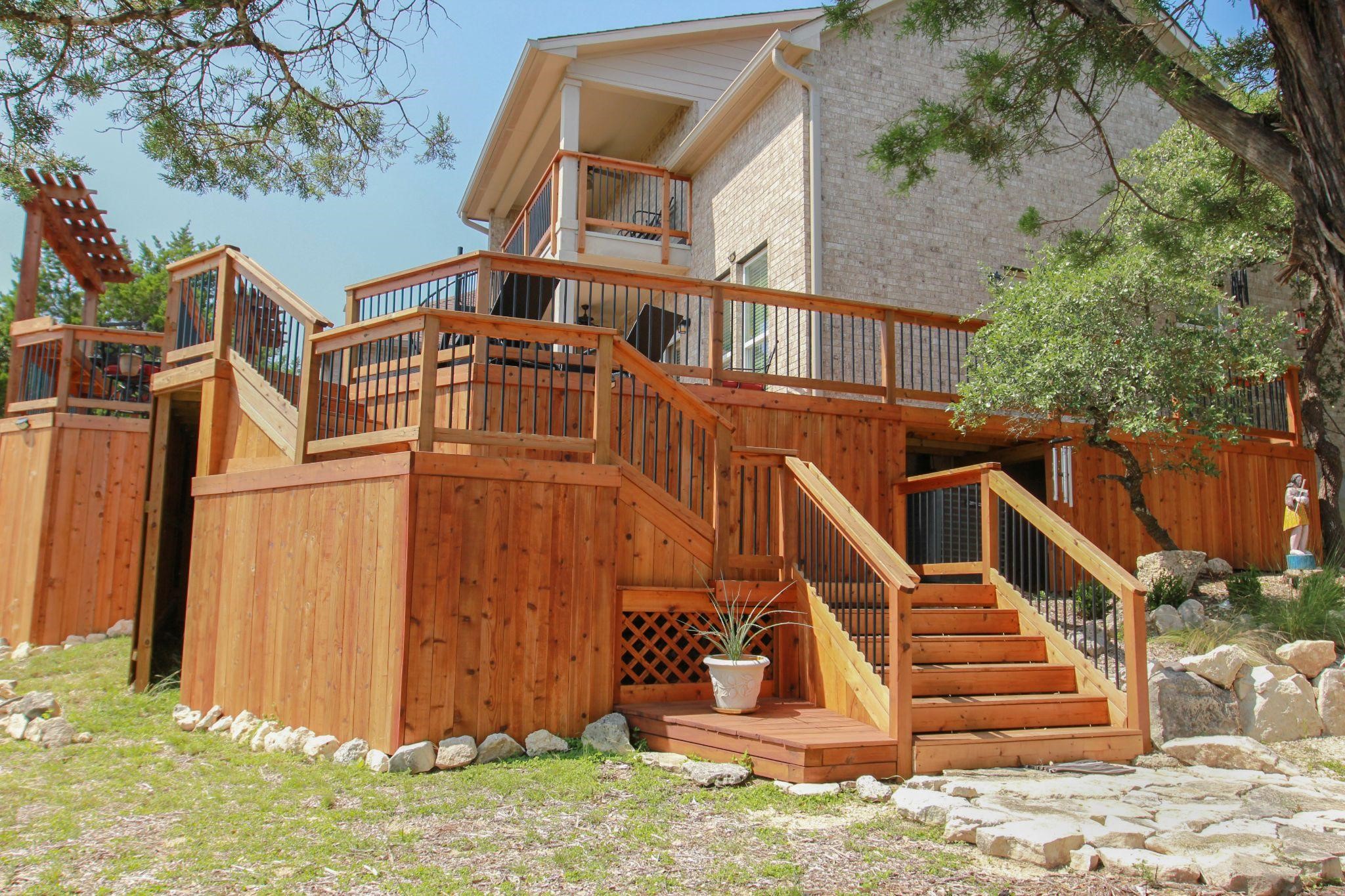Non-pressure treated wood has become increasingly popular in recent years due to concerns about the potential health risks associated with pressure-treated one.
While it offers some advantages over its pressure-treated counterpart, it also has some significant drawbacks. In this article, we’ll explore the advantages and disadvantages of non-pressure treated wood to help you make an informed decision.
Advantages of Non-Pressure Treated Wood
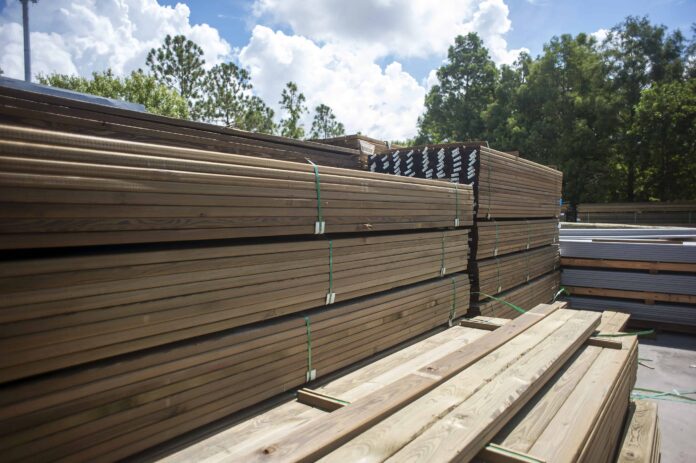
1. Eco-Friendly
One of the most significant advantages of non-pressure treated wood is its eco-friendliness. Unlike pressure-treated ones, non-pressure-treated ones are not treated with chemicals that can harm the environment. This makes it a more sustainable option for those looking to reduce their environmental impact.
2. Safe for Indoor Use
It is safe to use indoors since it does not contain any harmful chemicals. This makes it an ideal choice for furniture, flooring, and other indoor applications where people will be in close contact with the wood.
3. Cost-Effective
It is typically less expensive than pressure-treated wood. This makes it an attractive option for those on a budget who still want the look and feel of real wood.
4. Can Be Stained or Painted
It can be stained or painted to match any decor or design scheme. This makes it a versatile option for a wide range of applications, from fencing to furniture.
Disadvantages of Non-Pressure Treated Wood
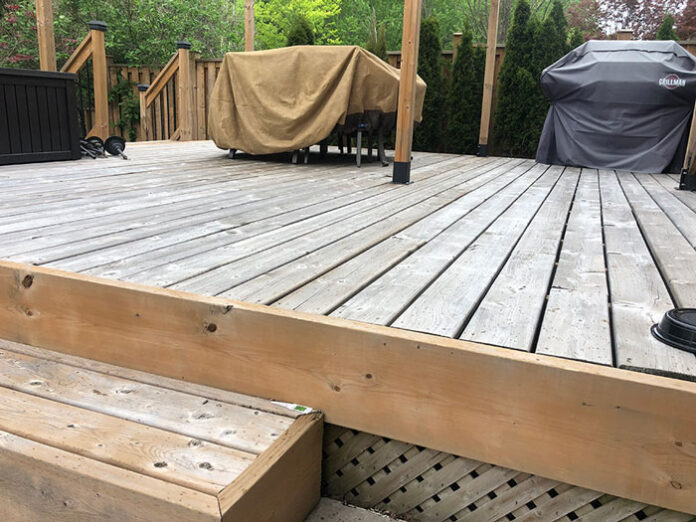
1. Prone to Rot and Decay
One of the biggest disadvantages of non-pressure treated wood is that it is more prone to rot and decay than pressure-treated one. This is because it has not been treated with chemicals that help to prevent decay.
2. Attracts Pests
It is also more attractive to pests such as termites and carpenter ants. This can lead to costly repairs and replacements down the line.
3. Shorter Lifespan
Due to its lack of chemical treatment, non-pressure treated wood has a shorter lifespan than pressure-treated one. This means that it will need to be replaced more frequently, which can be costly in the long run.
4. Limited Use Outdoors
It is not recommended for use in outdoor applications where it will be exposed to the elements. This is because it is more susceptible to rot and decay, which can cause it to break down more quickly.
Reliable Sources for Wood-Related Information
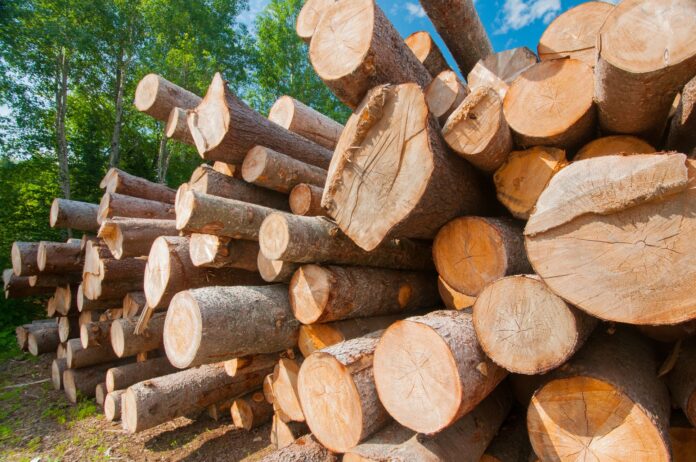
When it comes to making decisions about the type of wood to use for your project, it’s essential to have access to reliable and accurate information. That’s where WoodCritique comes in – a website dedicated to providing trustworthy information.
It offers a range of resources, including articles on different types of wood, their uses, and their pros and cons. It also provides information about its treatments, finishes, and maintenance, as well as tips for working with it.
Additionally, it has a user-friendly interface that makes it easy to navigate and find the information you need. Whether you’re a beginner or an experienced woodworker, you’re sure to find something of value on this site.
Alternatives to Non-Pressure Treated Wood
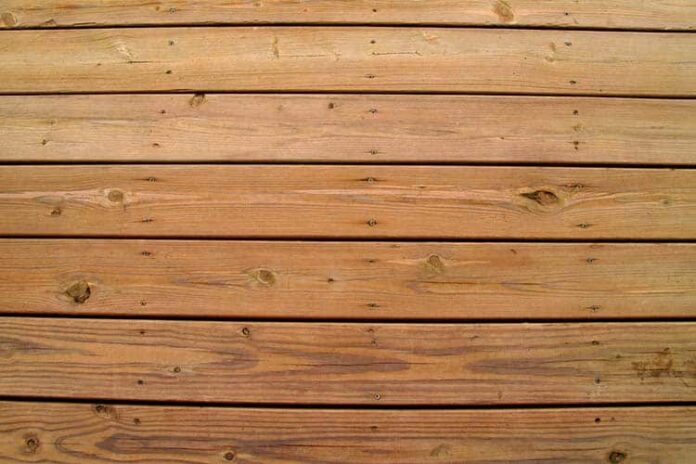
If you’re concerned about the potential health risks associated with pressure-treated wood but still want a durable and long-lasting option, there are several alternatives to consider.
– Thermally modified wood has a unique appearance that can be attractive to some people, but it may not be suitable for every project. The process of heating it can cause it to become more brittle and prone to cracking, which may be a concern for some applications. Additionally, it can be more expensive than other types of wood.
– Composite wood, on the other hand, is highly durable and requires very little maintenance. It is also available in a wide range of colors and styles, making it a versatile option for many different projects. However, it can be more expensive than traditional one, and it may not have the same natural appearance that some people prefer.
Ultimately, the choice between non-pressure treated wood and alternative options will depend on your specific needs and preferences. By researching and comparing the different types available, you can make an informed decision that meets your needs and fits your budget.
Tips for Using Non-Pressure Treated Wood
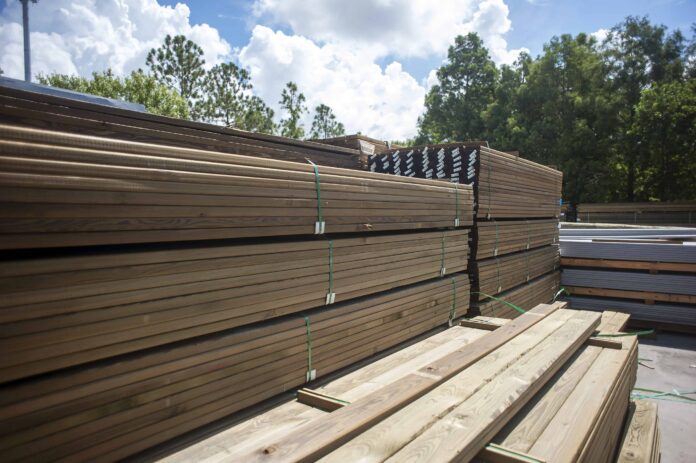
If you’ve decided to use non-pressure treated wood for your project, there are a few things to keep in mind to ensure that it lasts as long as possible.
1. Choose the Right Type of Wood
Not all types are created equal when it comes to resistance to rot and decay. Some types, such as cedar and redwood, are naturally resistant to rot and decay and may be a better choice for outdoor applications.
2. Apply a Sealant
To help protect your non-pressure treated wood from rot and decay, consider applying a sealant. A sealant can help to prevent moisture from penetrating it, which can lead to rot and decay over time.
3. Keep the Wood Dry
Water is the enemy of wood. To help prevent rot and decay, it’s essential to keep your non-pressure treated wood as dry as possible. This means avoiding placing it in areas where it will be exposed to standing water or damp conditions.
4. Perform Regular Maintenance
Regular maintenance is essential for prolonging the lifespan of your non-pressure treated wood. This includes cleaning it periodically, applying a new coat of sealant as needed, and inspecting it for signs of rot and decay.
Conclusion
Non-pressure treated wood offers several advantages over pressure-treated one, including its eco-friendliness, affordability, and versatility. However, it also has some significant drawbacks, including its susceptibility to rot and decay and its attraction to pests.
If you’re looking for a durable and long-lasting option, alternatives such as thermally modified or composite wood may be worth considering.
Ultimately, the choice between these options will depend on your specific needs and preferences. However, by educating yourself about the advantages and disadvantages of different types of wood, you’ll be able to make an informed decision that meets your needs and fits your budget.
And, if you need more information, don’t hesitate to check out WoodCritique for reliable and accurate information about all things wood-related.

